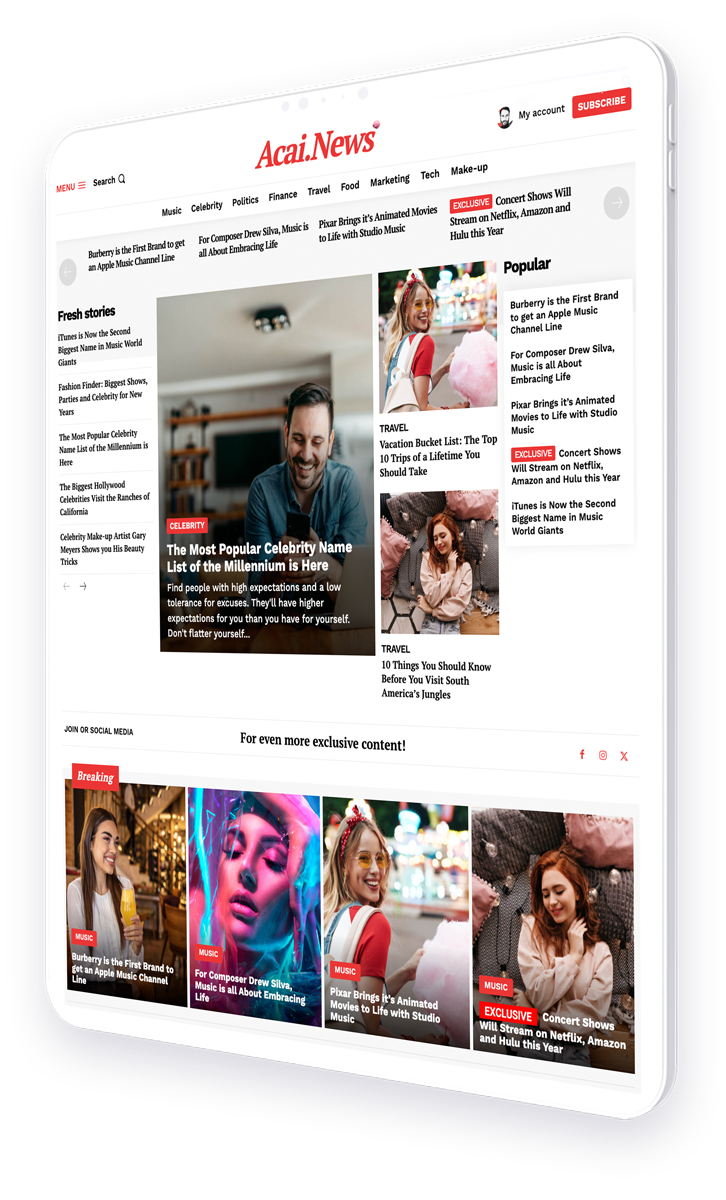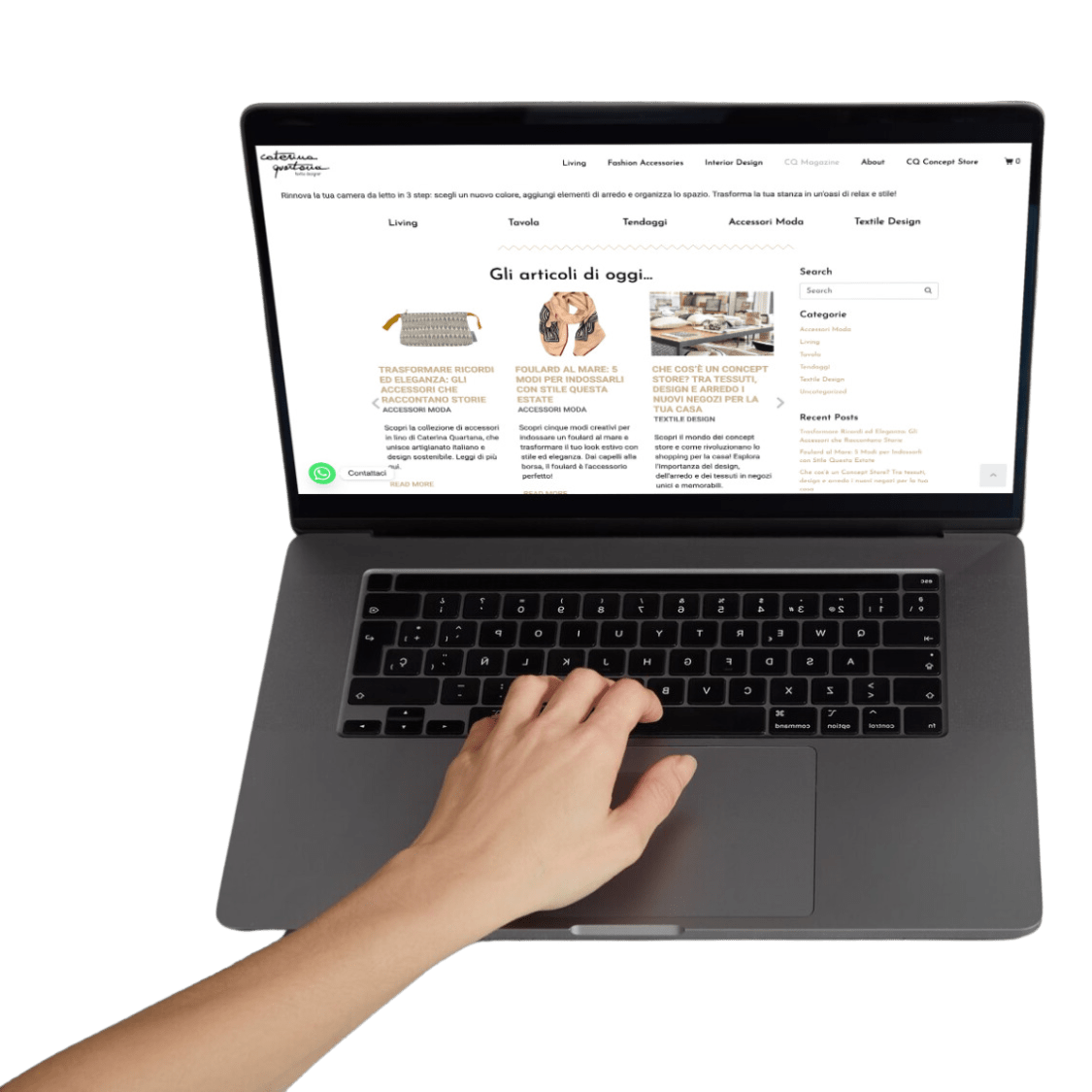Discover How Data-Driven Layout Optimization Enhances Engagement and Content Ranking
Welcome to the comprehensive guide on leveraging data-driven layout optimization to enhance user engagement and improve website ranking. In today’s digital age, the structure and design of your website play a pivotal role in attracting and retaining visitors. This article delves into the strategies and techniques that can help you optimize your website layout based on data analytics, ultimately boosting your online presence and performance.
- Introduction to Data-Driven Layout Optimization
- Why is Layout Optimization Important?
- Key Strategies for Layout Optimization
- Tools and Technologies
- Case Studies
- Conclusion
Introduction to Data-Driven Layout Optimization
In the realm of web development and design, data-driven layout optimization refers to the process of using data and analytics to refine and perfect the website layout. This approach ensures that the website is not only aesthetically pleasing but also functional and effective in meeting user expectations and business goals.
Why is Layout Optimization Important?
Optimizing your website layout does more than just improve visual appeal. It directly impacts user experience, engagement, and SEO rankings. Here are several reasons why layout optimization is crucial:
- User Experience: A well-organized website makes it easier for visitors to navigate and find the information they need, leading to a better user experience.
- Engagement: An optimized layout can help guide visitors to high-value pages and encourage interactions, increasing overall engagement.
- Conversion Rates: Effective layout optimization can lead to higher conversion rates by minimizing distractions and focusing user attention on key actions.
- SEO: Search engines favor websites that provide a good user experience. A logical and clear layout can improve crawlability and indexing, enhancing SEO performance.
Key Strategies for Layout Optimization
To achieve an optimized layout, several strategies can be employed. These include:
- Heatmap Analysis: Using tools like Hotjar or Crazy Egg to understand where users are clicking and how they navigate your site.
- A/B Testing: Comparing different versions of your website to see which layout performs better in terms of user engagement and conversion rates.
- Content Hierarchy: Structuring content to prioritize important information, based on user behavior and preferences.
- Responsive Design: Ensuring the website is accessible and visually appealing across all devices and screen sizes.
Tools and Technologies
Several tools and technologies can aid in data-driven layout optimization. These include:
- Google Analytics: Provides insights into user behavior, traffic sources, and more, helping to inform layout decisions.
- Adobe XD: Allows for prototyping and testing different layout designs before they go live.
- Optimizely: A platform for running A/B tests to determine the most effective layout for your website.
Case Studies
Examining real-life examples can provide valuable insights into the effectiveness of layout optimization. Here are a few case studies:
- Amazon: Known for its continuous A/B testing, Amazon frequently optimizes its layout to improve user experience and increase sales.
- Airbnb: By redesigning their listing page, Airbnb was able to increase bookings by optimizing the layout to highlight key features and reviews.
Conclusion
Data-driven layout optimization is a powerful strategy for enhancing website engagement and improving SEO rankings. By understanding user behavior and employing the right tools and techniques, businesses can create a website layout that not only looks great but also performs well. Implementing the strategies discussed in this article will help you achieve a more effective and user-friendly website design.
For further reading on the importance of data-driven design, visit Nielsen Norman Group.
Remember, the key to successful layout optimization is continuous testing and refinement. Stay informed, keep experimenting, and use data to guide your design decisions for the best results.




